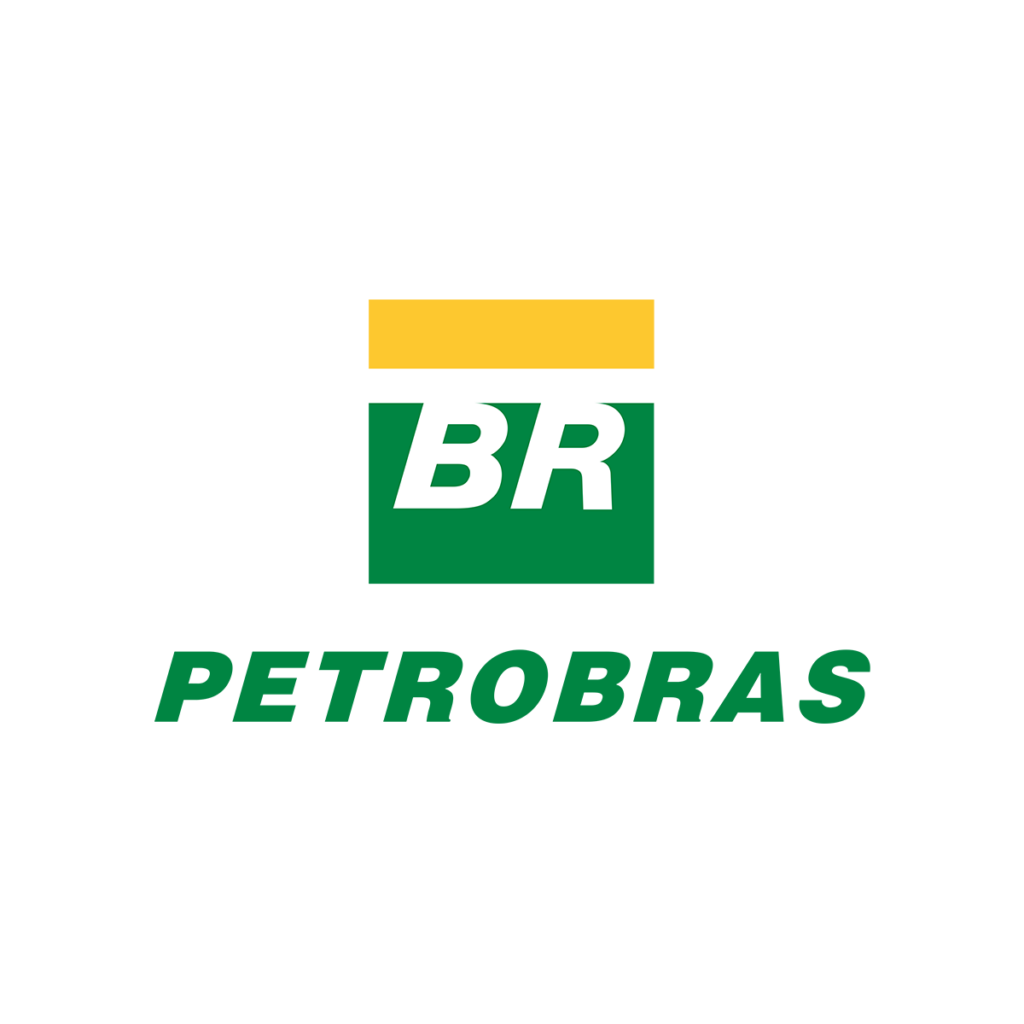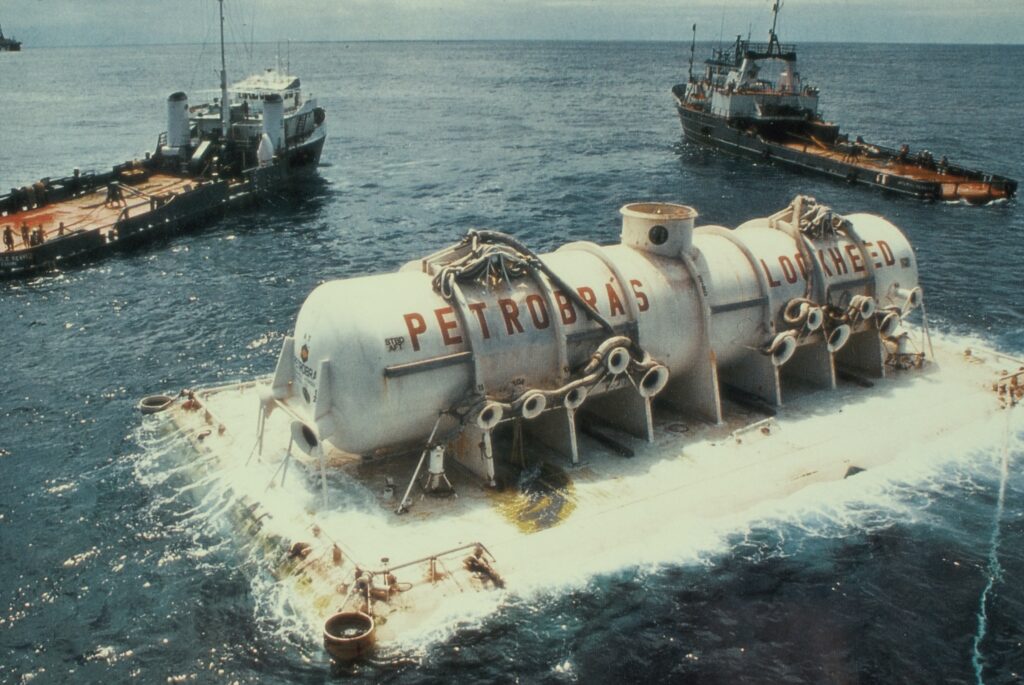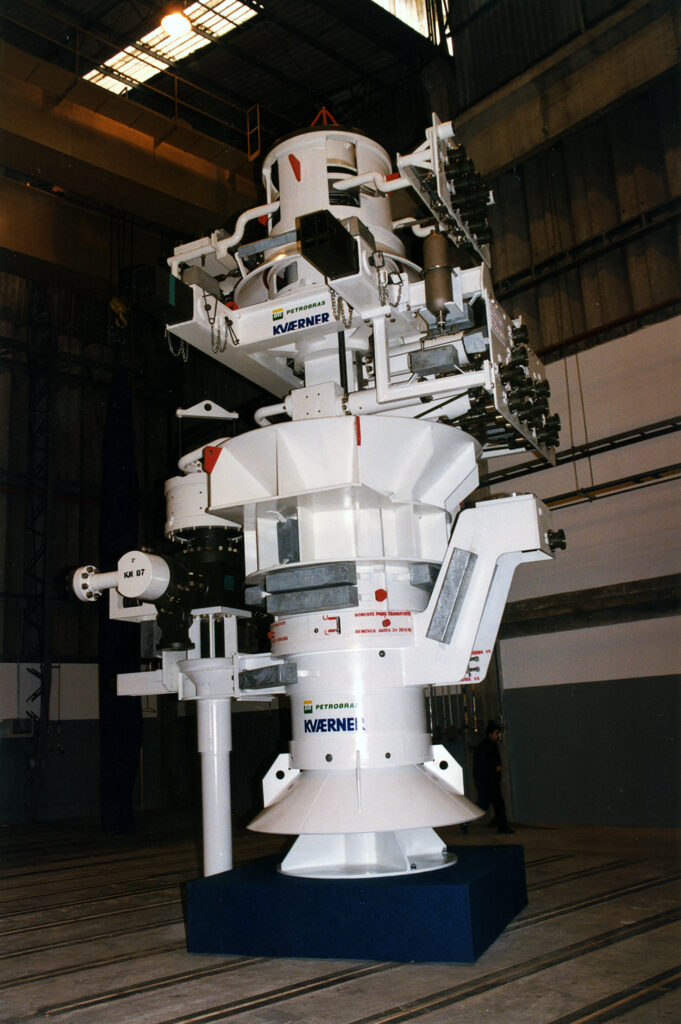Norwegian-Brazilian subsea collaboration

Brazil and Norway have had wholly state-owned oil companies –Petrobras and Statoil respectively. The first of these dates back to 1953, when it produced on land. Unlike its Norwegian counterpart, which was founded in 1972, Petrobras had a monopoly of all domestic petroleum output. Although that ended in 1997, it retains a leading position in its home market. The company was part-privatised in 2000 – a year before Statoil.

Interesting offshore discoveries were made in both countries during the 1960s. While Norway is known for its Ekofisk find in 1969, the first oil field on the Brazilian continental shelf was proven the year before. The two nations made big offshore discoveries in deep water over the subsequent decade.
Initial subsea contacts
Brazil has been a pioneer with production ships and floating platforms tied back to subsea wells, with Petrobras testing a converted tanker for production as early as 1978. A floater solution was more flexible than fixed platforms. These ideas were picked up and further developed by Norway in the 1980s, when Norwegian oil companies also adopted them fully.[REMOVE]Fotnote: Gjerde, Kristin Øye and Nergaard, Arnfinn I, Getting down to it. 50 years of subsea success in Norway, 2019: 172
Along with their suppliers, Norway’s oil companies observed the boldness, inquisitiveness and willingness to pursue new technology displayed by Petrobras with great interest. A good relationship developed between Norwegian and Brazilian subsea specialists, and they learnt from each other.
When Statoil planned to utilise seabed wells on the Tommeliten field and its Gullfaks satellites in the North Sea during the mid-1980s, it hired two Brazilian subsea specialists from Braspetro – the international arm of Petrobras. Vincente de Silva and Mauro de Fauras contributed valuable operating experience to solutions for both fields. Statoil’s management was subsequently keen to continue the Petrobras collaboration, with Martin Bekkeheien – head of exploration and production activities at the time – taking the lead.[REMOVE]Fotnote: Hans Jørgen Lindland, e-mail to Kristin Øye Gjerde, 13 December 2021
Statoil drilling manager Idar Johnsen and Hans Jørgen Lindland, operations manager for Tommeliten, were dispatched to Brazil in 1987 to check the status of and interest for closer collaboration at Petrobras. They were very well received. The Norwegian company could offer collaboration on multiphase flow technology – in other words, transporting a mix of oil, gas and water in a controlled manner through a single pipeline with the use of chemical additives and pressure to prevent problems on the way to the processing plant. Much research underpinned this technology, which was highly profitable for the oil companies using it.[REMOVE]Fotnote: Gjerde and Nergaard, op.ci
Arrangements were made for an official delegation to visit Brazil a week after Johnsen and Lindland had returned home. The plan was to formalise a collaboration between Norway and Brazil on offshore and subsea technology.[REMOVE]Fotnote: Hans Jørgen Lindland, e-mail to Kristin Øye Gjerde, 13 December 2021
This group was headed by Reidar Due from the Centre Party, who was chair of the standing committee on energy and industry in the Storting (parliament). One of the members of the group managed to offend the host of a dinner hosted by the Brazilian government so greatly that all forms of cooperation were put on ice.[REMOVE]Fotnote: This story has been confirmed by Hans Jørgen Lindland, 13 December 2021 After this incident, a number of years passed with very little contact between Statoil’s subsea technology department and Petrobras.
Diverless methods
Subsea specialists in both Brazil and Norway wanted to ensure that work underwater could be done in a safer way. That including finding alternatives to using divers for making seabed connections.
The Brazilians made efforts to place Xmas trees – valve assemblies installed on wells to control production – under atmospheric pressure in a sealed chamber or habitat on the seabed. Unlike simply installing a tree in the open sea, this ensured that it stood in a dry environment. Instead of an operator having to dive down under pressure in order to open or close the valves, they could be lowered in a bell to the habitat, connect on, enter a dry space and breath normal air while doing the work. Brazil tested such solutions offshore.[REMOVE]Fotnote: Gjerde and Nergaard, op.cit: 301.
In Norway, opportunities for utilising a habitat of this kind were discussed for the Statfjord satellites. But Statoil decided against that approach, and it was never adopted either on the satellites or elsewhere on the Norwegian continental shelf (NCS). Diverless solutions were developed instead to eliminate the use of people completely in conducting subsea operations. Since remotely operated vehicles (ROVs) could carry out much of the work involved, divers were largely phased out on the NCS during the 1990s.[REMOVE]Fotnote: Ibid: 123

Contact re-established and extended
The Society of Petroleum Engineers held its first subsea forum in 1993 at Seefeld in Austria. Both Petrobras and Statoil attended, and were each very advanced in terms of the new projects and underwater technology they could present.
Statoil could point to a world distance record for multiphase flow transport from the Statfjord North satellite. The way this had been accomplished attracted considerable interest from the other participants.[REMOVE]Fotnote: Hans Jørgen Lindland, e-mail to Kristin Øye Gjerde, 13 December 2021. For its part, Petrobras could report records for deepwater operations. The Brazilians had made discoveries in water depths close to 2 000 metres.[REMOVE]Fotnote: Gjerde and Nergaard, op.cit: 301. Petrobras set a record in 1997 for the deepest subsea well to date of 1 709 metres on the Marlim field, and followed up in 1999 with a well in 1 855 metres on the Roncador field.
At this meeting, Lindland and the other members of Statoil’s subsea technology department got to know Orland Ribeiro at Petrobras. Good professional contacts subsequently developed between the underwater specialists at the two companies. A technology collaboration, also involving BP, was agreed a little later. This yielded a number of important results:
Petrobras supplied Statoil with operational data on production regularity from subsea fields, along with the design basis for the Brazilian company’s latest floating deepwater platform.
In return, Petrobras secured detailed information on drilling horizontal wells and results from Statoil’s research on multiphase flow.[REMOVE]Fotnote: Hans Jørgen Lindland, e-mail to Kristin Øye Gjerde, 13 December 2021 The Norwegian group was very innovative in terms of new patents, which made it an attractive partner for the Brazilians.[REMOVE]Fotnote: Bichara, Miguel, Technological innovation in Brazil and in Petrobras – the need of a systems approach to a complex problem

As early as the mid-1990s, Statoil was recognised as a world leader in the design and operation of fields at depths down to 500 metres. The collaboration with Petrobras also gave the Norwegian group access to expertise on deep and eventually ultra-deep waters – in other words, 3 000 metres and beyond.[REMOVE]Fotnote: Hans Jørgen Lindland, e-mail to Kristin Øye Gjerde, 13 December 2021 This strategic partnership opened the way to securing a number of deepwater licences off Brazil and other countries.
Suppliers actively involved
Statoil’s establishment of such a close technology collaboration with Petrobras was also highly significant for Norway’s supplier industry in the petroleum sector and its market access in Brazil.
An example was the subsea connections with control systems developed by Kværner. Their installation could be assisted by ROVs, which helped to make it possible to utilise underwater technology in depths beyond the reach of diver assistance. That in turn made oil production feasible in deeper waters. Kværner established a presence in Brazil in 1996, followed by Kongsberg Offshore Subsea, Aker Solutions and others.

These companies received good support from collaboration bodies established by the Norwegian authorities.[REMOVE]Fotnote: Gjerde and Nergaard, op.cit: 302. The Norwegian-Brazilian Chamber of Commerce, for example, was established in 1995 to promote trade, good relations and joint financial and professional interests between the two countries.
Rio de Janeiro was the centre for Norway’s commitment in Brazil, with Intsok[REMOVE]Fotnote: Intsok (short for International Continental Shelf) was created in 1997 as a Norwegian non-profit foundation by the Ministries of Petroleum and Energy, Industry and Trade, and Foreign Affairs as well as the Confederation of Norwegian Enterprise (NHO), the Norwegian Shipowners Association and the Norwegian Oil Industry Association (OLF), plus oil companies Statoil, Saga Petroleum and Norsk Hydro, the embassy and the consulate general holding seminars where Norwegian suppliers presented themselves. The government entered into trade agreements and the establishment of Norwegian subsidiaries was facilitated. The Innovation Norway trade promotion body not least established Innovation House in Rio in 2007.
The most recent addition to this set of organisations is Norwegian Energy Partners (Norwep), created in 2017 by merging Intsok with Norwegian Renewable Energy Partners (Intpow). The latter represented a relatively recent commitment in the renewables sector.[REMOVE]Fotnote: Gjerde and Nergaard, op.cit: 302-303
Collaboration of this kind between foreign and Norwegian oil companies and Norway’s supplier industry, with good backing from the government, helped to elevate a number of Norwegian companies into world leaders for subsea technology during the 2000s. The exchange of information and expertise with Brazil has been a crucial precondition for/driving force in this development.
arrow_backEEA restricts Statoil’s opportunitiesTroll A – giant move from fjord to fieldarrow_forward